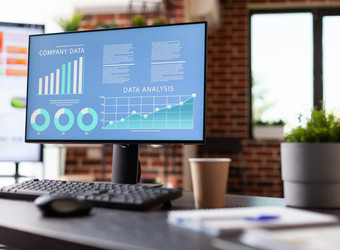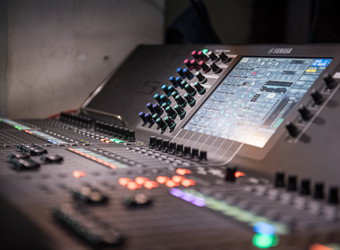Tips & tricks – How to prepare your webinar optimally
Expert tips from mbw
The mbw holds between 50 and 60 webinars a year for its customers. Philip Schöttl, Technical Director, talks to editor Janina Singer about the msot important tips and tricks for planning and holding a webinar.
Webinars have become as commonplace as meetings or face-to-face training sessions used to be. Nevertheless, even experienced speakers and coaches have to adapt to this format. Success stands and falls with optimal preparation. The technical director of mbw GmbH, Philip Schöttl, has some valuable tips for this.
Janina Singer: Philip, as an expert running webinars, can you answer a very important queation for me right away? How do you even manage to get enough viewers to attend a webinar?
Philip Schöttl: This is a very important point, beause if no one is watching, then even an excellently planned webinar will literally come to nothing. TV broadcasters, for example, analyze which viewer groups prefer to watch which program and when. And this is exactly what you should do when planning a webinar. You neeed to know your target group and know when these participants can or want to make time for the webinar. For example, a webinar for teachers should not be held in the morning.
This is the perfect time frame for a webinar
Ideally, a webinar is very interesting, but also demanding and exhausting. Is there a guideline for the duration of webinars?
There is no general rule, but the guideline is that a webinar should not exceed one hour without a break. Otherwise the participants' attention will be severely strained. If a webinar does last longer because the topic is very comple, we recommend including a short break of 15 minutes. In any case, you should make sure that there is enough time for questions from all participants at the end. This makes a webinar individual and increases the satisfaction of the participants.
How do I really manage to stay within this time frame?
It is advisable to. Draw up a schedule. This should include all the texts for the slides that will be presented. It is best to use a stopwatch to get a realistic feeling for the duration. However, is is even better to record yourself during a test run, for example with a webcam, and time yourself.
The pitfalls of technology – mbw tips for a disruption-free seminar
This is certainly particularly for live webinars, which often take place. What advantage do you actually see in live webinars?
One advantage is that, depending on the numbers of participants, the audience can be actively involved, even with requests to speak. You can also provide a message box or a chat where questions can or comments can be answered live. Surveys or voting can also be carried out during a live webinar.
Above all, it is important that the webinar is held in real time and that the technical infrastructure is perfect. This shiuld be checked before the start. Nothing is more embarrassing and disruptive than technology that's not working.
Technology is a good keyword: most webinars are accompanied by a PowerPoint presentation: What should you look out for?
Every participant should be able to read the PowerPoint presentation, even on a smaller laptop. You should therefore check beforehand whether the text is large enough and whether there may be too much text on a slide. Such a wasteland of text distracts from the spoken word because the participants automatically read through the slides first and are distracted during the presentation. It is best to make key points which you can then elaborate on verbally.
Modern green screen technology from mbw enlivens the webinar.
Now, you can simply produce a webinar at the kitchen table, but what do you see as the advantages of professional implementation? And in particular working with a green screen, as mbw does almost exclusively?
This is where the PowerPoint presentation comes into play again. In most webinars, this is the foreground and the presenter can be seen in a small window. This is called ”picture-in-picture“ However, this camera image can cover parts of the presentationand is not really attractive. With green screen technology, we are able to place the presenter next to the PowerPoint in a virtual room. You can imagine it a bit like a weather report. This gives the webinar a modern look and created more of a connection to the presenter.
Are there any other things to look out for, for example with regard to clothing or jewlery?
In terms of clothing, I would advise against wearing white, blackor heavily patterned clothing. Jewlery that rattles or dangles is also distracting and distracts onlookers. Rings, chains and metallic watch strabs can cause disturbing background noise. It is therefore best not to wear any jewlery.
And something else is important: if you talk a lot, your mouth gets dry quickly. That's why non-carbonated drinks and drinks without milk ahould be placed on a soft surface. This helps to avoid noise when putting down a glass, for example.
Mbw expert ”This makes the participants feel directly adressed“
When should the webinar be announced?
We at mbw recommend sending out the invitations by email around 4 weeks before the webinar and sending out a reminder three days before the date. It is also immensely important that the webinar starts on time on the announced date to ensure that nobody has to wait.
One last good tip?
I can even think of 3 more tips for the perfect webinar:
- If the webinar is also tobe made available in-demnd, time references should be avoided. If that is possible in terms of content.
- The moderator's gaze should always be directed towards the camera and thus towards the participants. This makes them fell directly addressed.
- Get in the mood for the webinar, in the truest sense of the word. Speaking out loud shortly before the start activates the voive and makes it sound clearer and fresher.


























